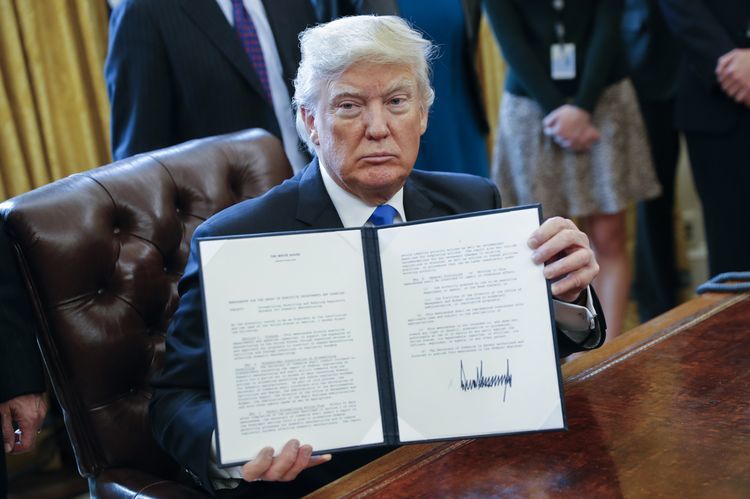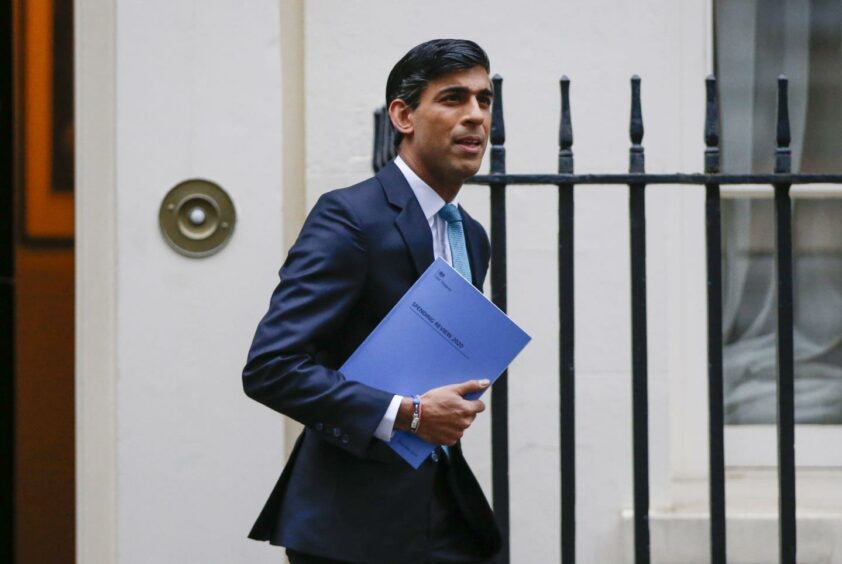
Proceeds from the UK Government’s windfall tax are expected to top £7 billion this year, about £2bn more than originally thought.
Westminster has published provisional costings for a range of policies following the publication of its plan for growth on Friday.
They take into account the “direct behavioural response” expected as a result of the measures.
As a result of the energy profits levy about £7.7bn will be added to the governments coffers this financial year.
That is some £2bn more than vague £5bn figure that was given when the contentious policy was unveiled in May by then-Chancellor Rishi Sunak.
The costing is based on market prices taken from ten working days between August 29 and September 12.
In 2023-24, the windfall tax is projected to yield £10.4bn, before raising slightly less, £6.4bn in 2024-25.
By 2025-26, the figure is expected to drop to £3.5bn, before falling to just £60 million in 2026-27.
Due to volatility in oil and gas prices, “there is uncertainty in the numbers, particularly for later years,” the government acknowledged.
A hot potato
North Sea producers let out an exasperated sigh in May when the UK Government bowed to repeated calls for a windfall tax on their profits.
The energy profits levy increased the level of corporation tax on oil and gas firms – many of which have posted bumper takings this year as a result of elevated oil and gas prices – from 40% to 65%.
In an effort to keep industry sweet, an investment relief mechanism was included the policy to try to persuade firms to splash the cash.

If the oil price should drop below $70 the levy will cease to be, while a sunset clause of the end of 2025 has also been included.
On the whole the windfall tax was met with disdain by North Sea firms, though there were some exceptions.
Wood Mackenzie researchers recently said the measures are likely to wipe an average of around 20% off the value of operators.
Chancellor Kwasi Kwarteng, who took up the post earlier this month, has been under pressure from opposition parties to expand the levy further to cover the costs of the government’s energy price cap.
Recommended for you


 © Bloomberg
© Bloomberg